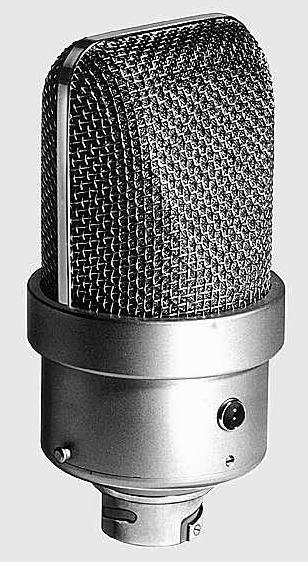|
 A
wind-worn prairie town, a high-bluff settlement, an oceanside village are all
defined not only by the smells and sights of their settings and landscapes, but
also by sonic markers. So, too, is this region. From conversations in local diners,
to clanking trains in railroad yards, to ships unloading at the Port of Albany;
from cheering fans in stadiums, striking workers marching in Schenectady, streetcars
and paper boys, curb-side orations, public disputations�the sounds of Capital
Region communities have helped shape the identity and history of this region. A
wind-worn prairie town, a high-bluff settlement, an oceanside village are all
defined not only by the smells and sights of their settings and landscapes, but
also by sonic markers. So, too, is this region. From conversations in local diners,
to clanking trains in railroad yards, to ships unloading at the Port of Albany;
from cheering fans in stadiums, striking workers marching in Schenectady, streetcars
and paper boys, curb-side orations, public disputations�the sounds of Capital
Region communities have helped shape the identity and history of this region.
For
much too long, historians have written the histories of cities and hamlets as
though they were cloaked in silence�in cold text, devoid of sound. Our picture
books and photographs preserve the world of today and yesterday in black and white
and color. But the sounds of yesterday are suggested, perhaps verbally described,
but never revealed. It remains for our imaginations to fill in the sensory memories
of a sonic history absent from archives and books. Yet, for the past hundred years,
some of us were recording and preserving the sounds of the the communities
that make up the Capital Region�the shouts and whispers of famous and infamous
men and women, radio shows now long forgotten, the songs and music of street musicians,
the preachings of priests and prophets, recordings of the loved and lost, dialogues
and monologues recorded in classrooms and hallways, the sounds of everyday life.
 Inspired
by the pioneering work of audio producers Davia Nelson, Nikki Silva (�The Kitchen
Sisters�), Jay Allison, and NPR�s Lost and Found Sound, we hope to locate,
preserve, and disseminate the sounds and voices of the Capital Region of New York,
and to make them available to this generation and generations to come. We intend
to tell the stories behind these recordings in the form of documentaries and short
radio features. You can help us do this. How? We are looking for recordings of
interviews, speeches, street sounds, religious services, holiday celebrations
and just about anything that helps reveal the hidden aural history of our communities.
Look through old boxes in your attics and basements. If you find cassettes, reel-to-reel
tapes, wire recordings, long-play records, and even those ancient wax cylinders
from Edison's day that hold the sounds of your family, block, hamlet, or city,
please contact us. Help us preserve the lost voices and sounds of our region. Inspired
by the pioneering work of audio producers Davia Nelson, Nikki Silva (�The Kitchen
Sisters�), Jay Allison, and NPR�s Lost and Found Sound, we hope to locate,
preserve, and disseminate the sounds and voices of the Capital Region of New York,
and to make them available to this generation and generations to come. We intend
to tell the stories behind these recordings in the form of documentaries and short
radio features. You can help us do this. How? We are looking for recordings of
interviews, speeches, street sounds, religious services, holiday celebrations
and just about anything that helps reveal the hidden aural history of our communities.
Look through old boxes in your attics and basements. If you find cassettes, reel-to-reel
tapes, wire recordings, long-play records, and even those ancient wax cylinders
from Edison's day that hold the sounds of your family, block, hamlet, or city,
please contact us. Help us preserve the lost voices and sounds of our region.
|